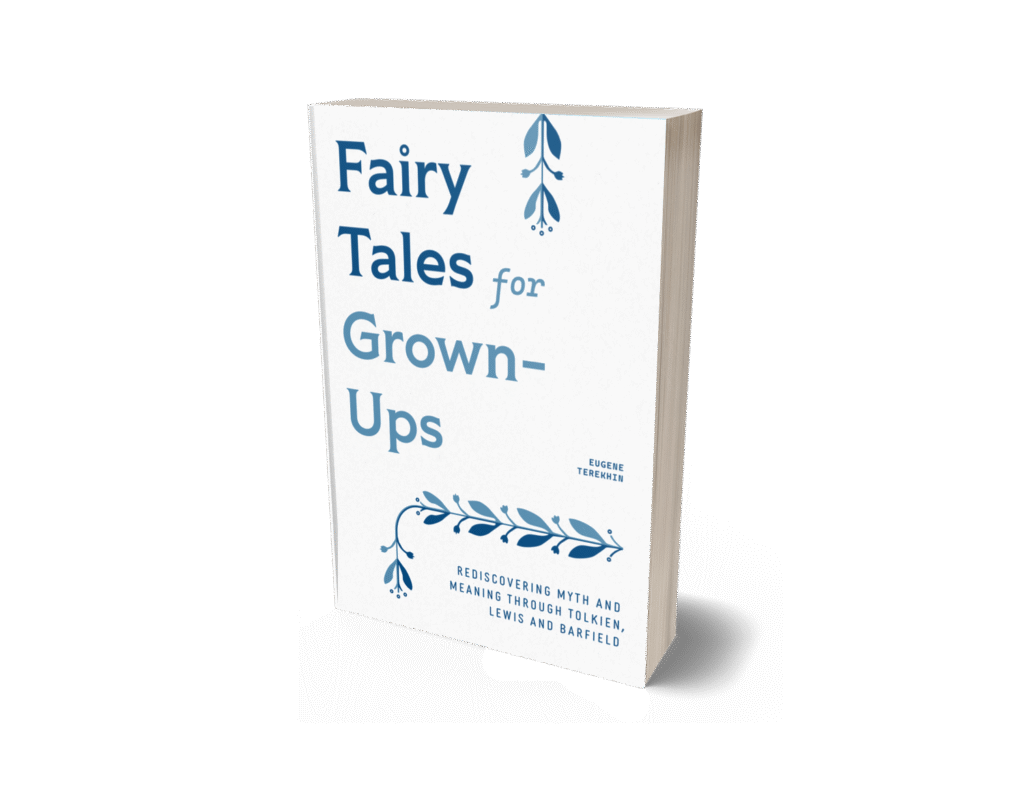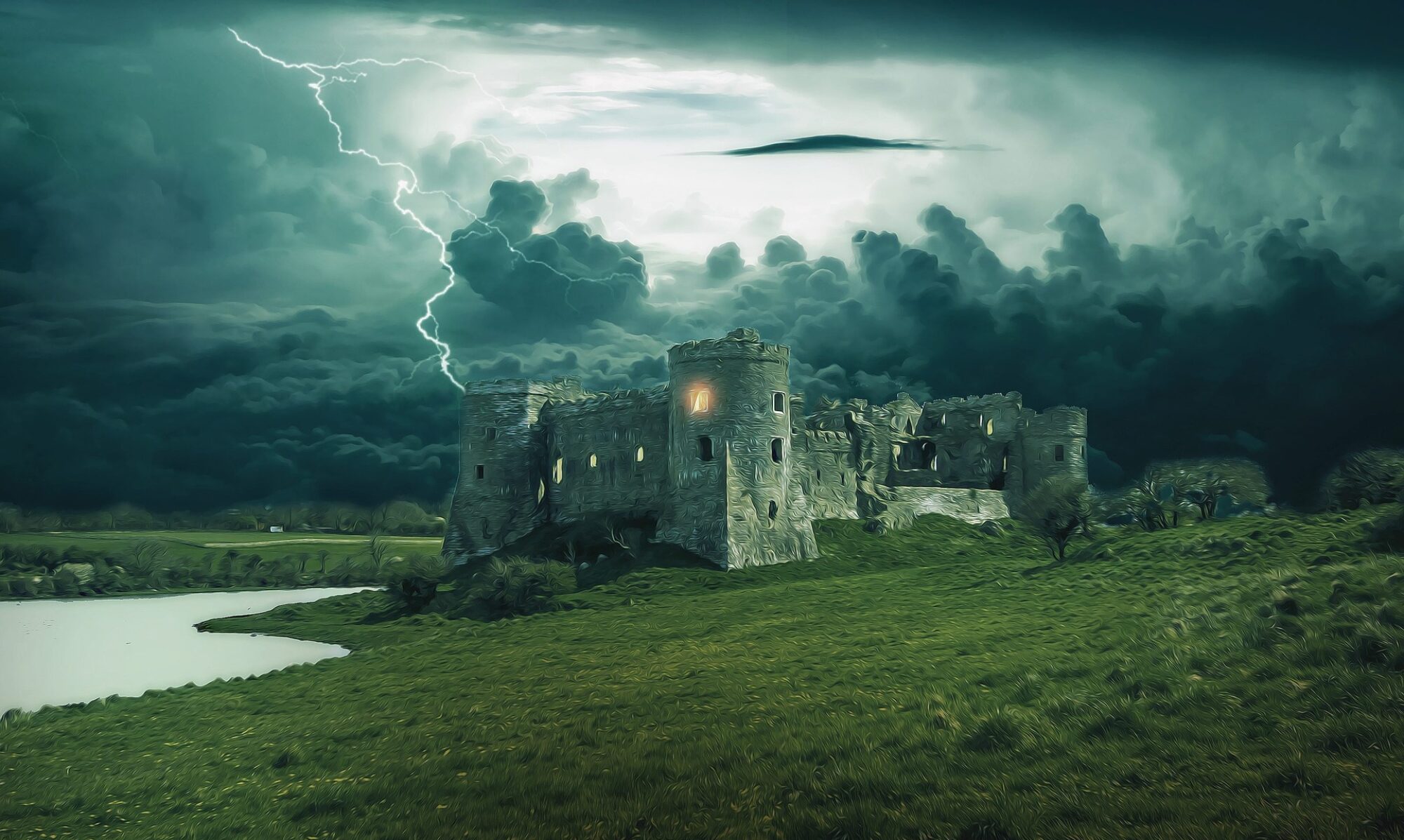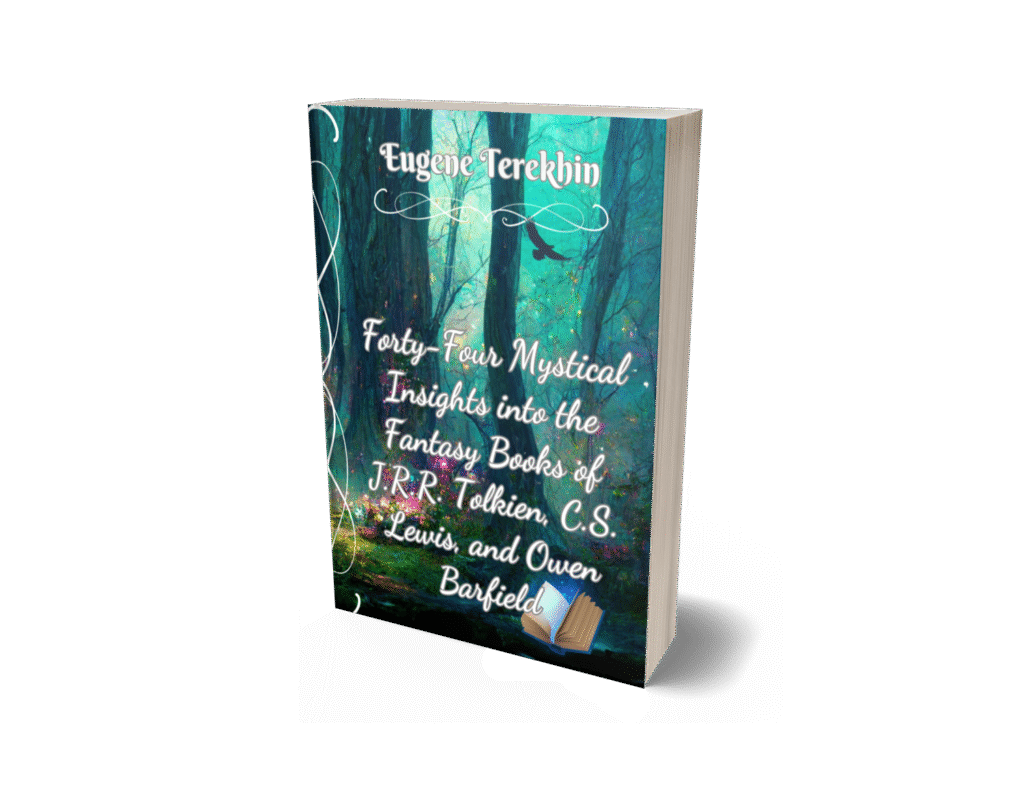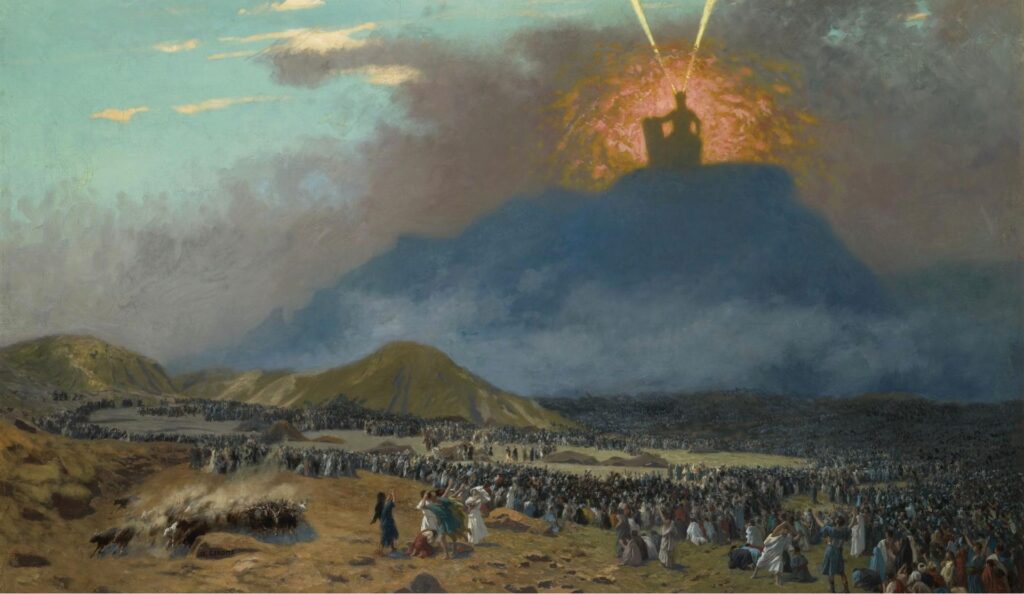
What is true literacy? For the ancients, writing was never something abstract; it was always tangible — engraved in living matter like bark, wood, clay, or stone.
They saw writings in the very phenomena of the world. The idea of using letters to record thought arose from observing the writings already “engraved” in creation. All things are letters — messages inscribed by the divine hand. They contain invisible script.
Interestingly, the word book is etymologically rooted in the Proto-Germanic bōk, which in turn derives from the Proto-Indo-European bhāg(ó) or bhōg, which means beech tree.
In essence, a book is a tree. Why such an association? Is it because the first writing tablets in Europe were made from thin slices of beechwood? Or it is because the ancients intuited a spiritual kinship between the book and the tree?
When you see a message etched into matter, you begin to associate the matter with the message — the visible with the invisible, the word with the wood that bears it.
The entire concept of literacy was born from reading the “letters” written upon every part of the universe. You see divine letters in a beech tree, and the letters become the beech tree.
The Russian word for beech tree (бук) sounds like the English “book.” The etymology of this word is, surprisingly, similar to the English book.
Moreover, the Russian word for letter — буква — is etymologically related to бук, the beech tree. Letters, writings, and books are all trees. And books, like trees, have leaves — leaves that tell our story.
In Tolkien’s Leaf by Niggle, Niggle the painter spent his life working on a single leaf. That leaf was the story of his life; it embodied his life. Little did he know that somewhere there was a Tree — and his leaf was part of it. The story of his life literally rustled in the leaves of an invisible Tree. One day, beyond death, Niggle finally saw it — his Tree.
While he worked on his leaf — his story — that story was quietly becoming a Tree. Every brushstroke, every hesitation, every inspiration was mysteriously linked to the leaves of his own Tree — the Book of His Life. We all have such Trees — our stories whispering in the unseen forest of heaven. Whether written in a book or not, the leaves of our lives already rustle on an invisible Tree that we shall one day behold.
To live in the world means to walk upon letters. Letters are everywhere, whether we notice them or not. Every stone bears its Ten Commandments — whether we can read them or not. Every beech tree is etched with the message of the Ultimate Mystery. It cries: “Under me!”
In The Silver Chair, Jill and Eustace came to a wall of rock where, cut in great letters, were the words UNDER ME. It was a sign — a message of Aslan clad in stone — calling them, as every letter of the world still calls us, to look beneath the surface and find that which lives under the visible.
As the Apostle Paul said to the Corinthians:
“You yourselves are our letter, written on our hearts, known and read by everyone.” — 2 Corinthians 3:2-3
We are letters. We are walking books — and walking trees. We embody a message. We are beech trees etched with divine inscriptions. Our leaves tell a story — our story. Our stories wave and rustle in the wind of the Spirit, who keeps writing His tale upon us.
When we look into one another’s eyes, we are reading — and being read. People are books, and books are trees. In every gaze, we hear the whispering leaves of the Book of Life.
Scripture and Nature are not two separate revelations; they are one. Nature is Scripture written in living matter. Just look underneath — and you will see a book of divine letters unfolding before our eyes, where every tree, every face, every breath becomes divine Speech.
He looked up and said, “I see people; they look like trees walking around.” — Mark 8:24












